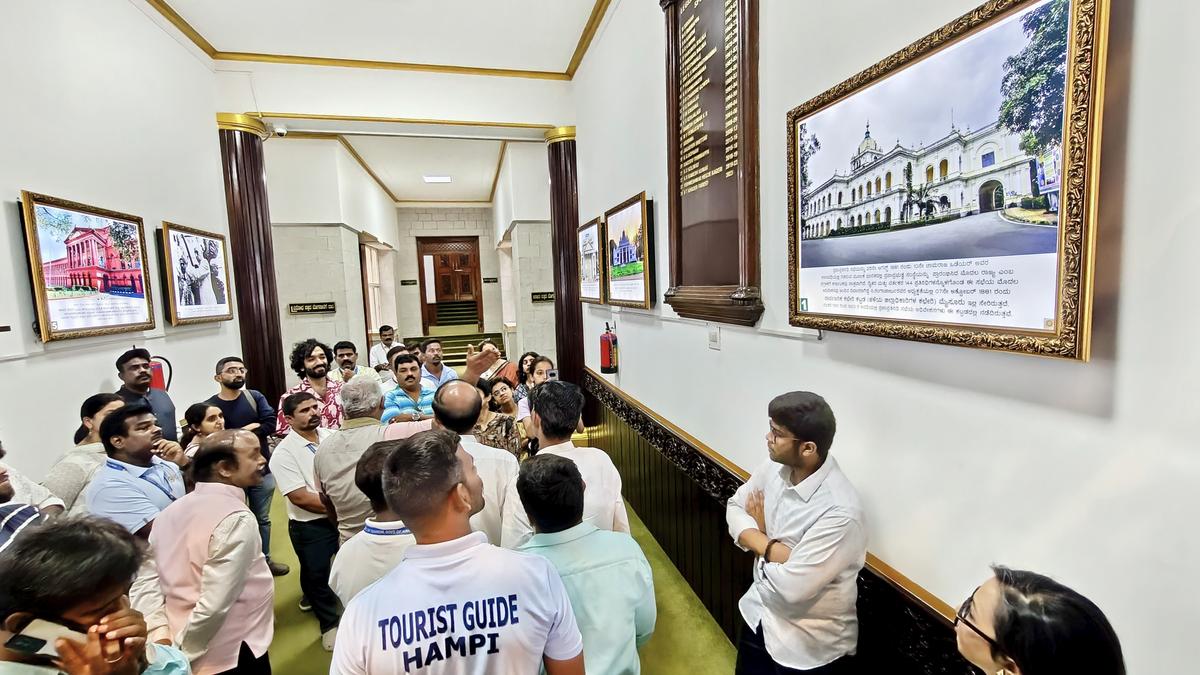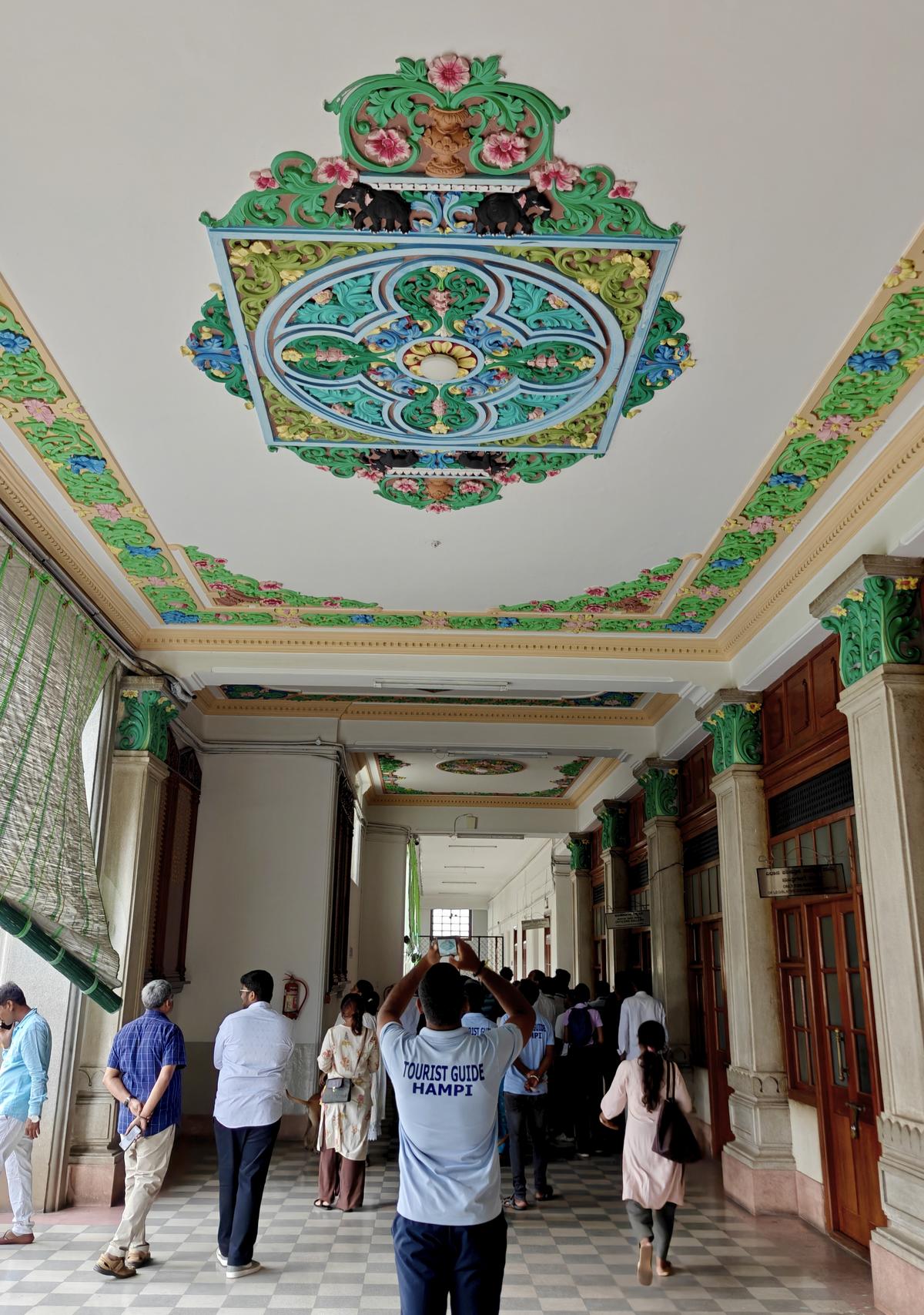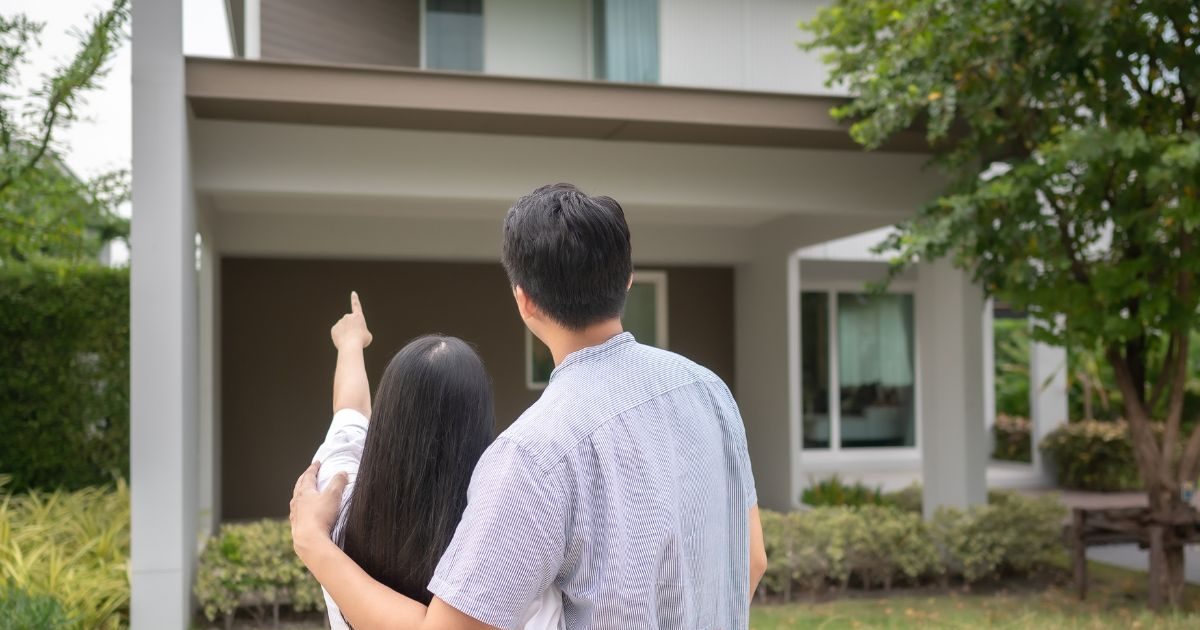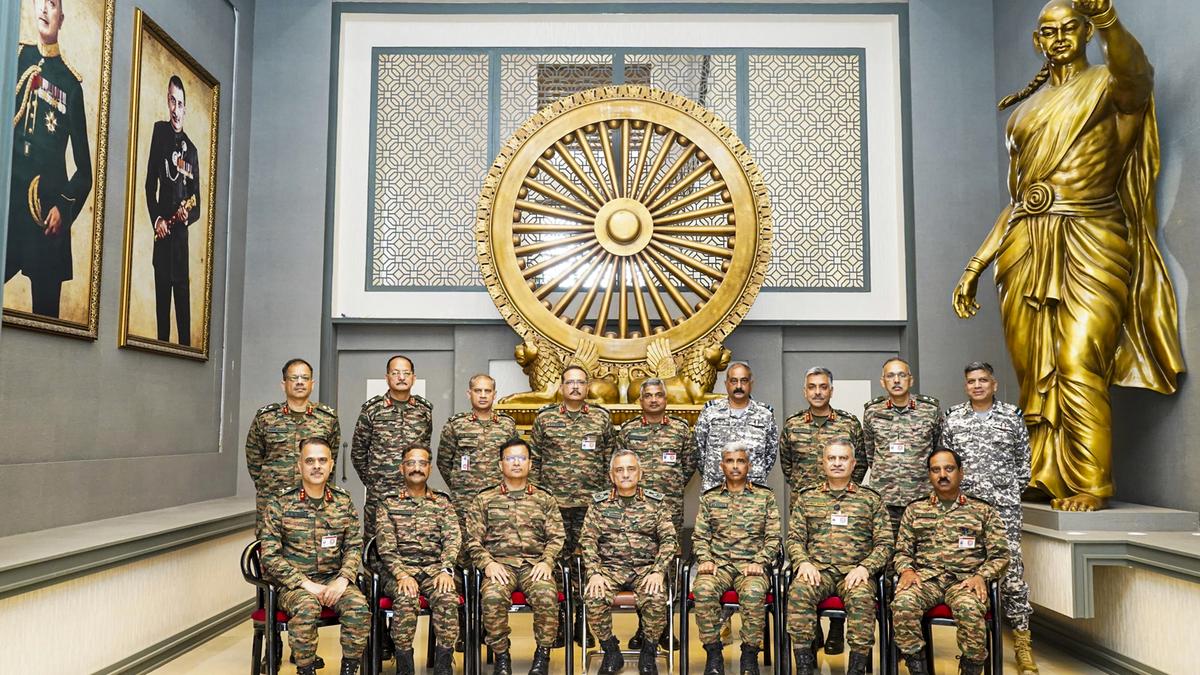
People taking the Walking Guided Tour of the Vidhana Soudha building in Bengaluru on Sunday.
| Photo Credit: SUDHAKARA JAIN
In 1951, the then Prime Minister Jawaharlal Nehru and the then Chief Minister of Karnataka K.C. Reddy laid the foundation stone to build ‘House of Legislature Mysore’ in Bengaluru as a functional building for house proceedings. This is the first stop of the Guided Walking Tour of Vidhana Soudha, which covers eight important locations inside the power centre of the State.
Curated over two months, the tour takes its inspiration from the tour of Rashtrapati Bhavan in New Delhi. The tour aims to inform people about the principles, values, and ideals of the people who built the iconic structure and bring the public closer to governance.
Later, when Kengal Hanumanthaiah became the Chief Minister, he took a delegation of Russians, who were visiting, on a tour of the city. One of the delegates then asked Mr. Hanumanthaiah why there were only colonial buildings in the city. This led him to cancel the plan for a functional building and envisioned to build “a palace for the people” in Indian style.

People taking the Walking Guided Tour of the Vidhana Soudh building in Bengaluru on Sunday.
| Photo Credit:
SUDHAKARA JAIN
He then contacted B.R. Manickam, the chief architect of Vidhan Soudha, and asked him to build a parliamentary hall, a banquet hall, and a library initially. The same banquet hall is one of the stops on the tour. Adorned with photos of all the Diwans of the Mysore kingdom, the ceiling of the hall showcases floral designs (Tanjore style) made of cement and natural colours. There are 625 such floral designs in the east wing of Vidhana Soudha according to J. Gnanashakher, the parliamentary guide, Speaker’s office, Karnataka Legislative Assembly.
“In 1948, the House Committee recommended that they needed a permanent structure for the House legislature. The Speaker then told K.C. Reddy about it. He then invited Sir M. Visvesvaraya and G.H. Krumbiegel to identify a location for the building. They identified this place as it was at a slightly higher level and looked out to the market area on one side and cantonment on the other,” Mr. Gnanashakher explained.
The tour then moves towards one of the major attractions – the Legislative Assembly Hall, where the Assembly sessions take place. From the rosewood Speaker’s chair, which is still maintained by the Gudikars from Shivamogga, to the teak wood incorporated in the interiors and the pillar-less structure that is supported by the iron chains in the ceiling, the tour offers many insights into the Hall. “The Assembly Hall is 125 feet in length, 135 feet in breadth, and 40 feet in height. A total of 600 people can sit here and watch the proceedings at once,” Mr. Gnanashakher said.

People taking the Walking Guided Tour of the Vidhana Soudh building in Bengaluru on Sunday.
| Photo Credit:
SUDHAKARA JAIN
The Sandalwood Model of Vidhan Soudha, the Legislative Council, the statues of Vidhana Soudha, and the Grand Steps are some of the other important locations included in the tour. The script for the tour has been prepared after research by heritage and tourism specialists, highlighting the Neo-Dravidian style of architecture. Apart from public resources, the curators of the tour have also used ‘Rare and Magnificent Monument to Democracy and Popular Supremacy – Vidhana Soudha’, a book written by veteran journalist and former Chief of Bureau of The Hindu, Bengaluru, C.M. Ramachandra.
Among many members of the public who took the free tour on Sunday were pourakarmikas, persons with disabilities, construction workers, and students. “I work in the ward right next to Vidhana Soudha. I had never imagined that one day I would go inside it and see it in all its glory. I am very happy today,” said Leelavathi, a pourakarmika who took the tour.
Published – May 25, 2025 09:05 pm IST



Leave a Comment